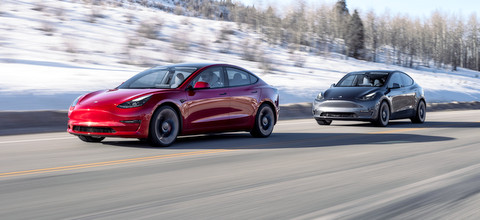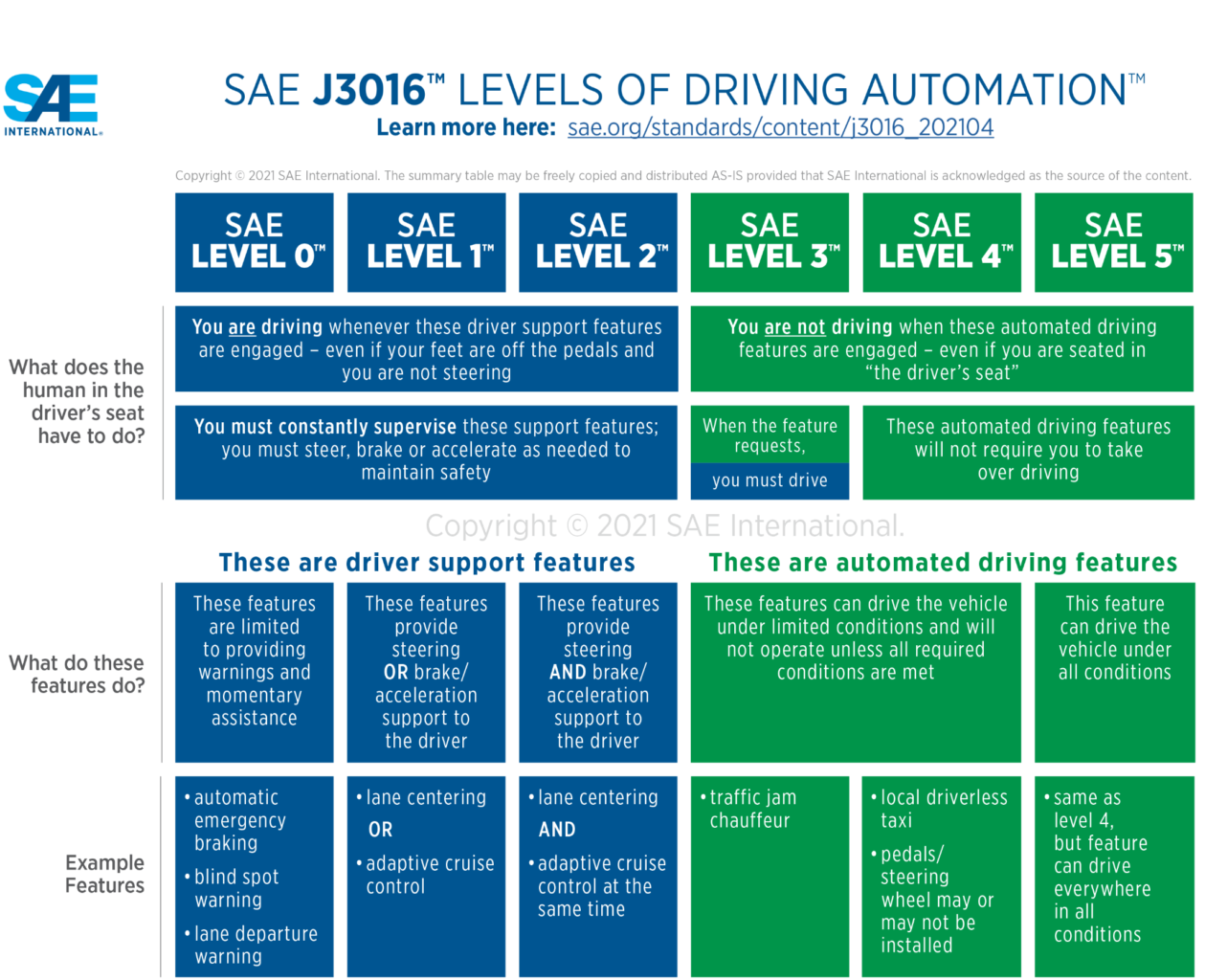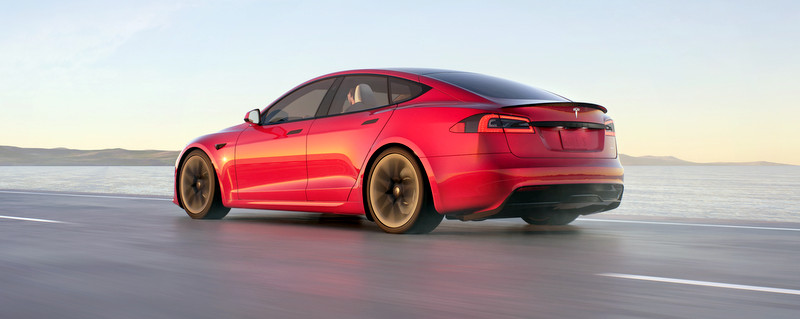What Do You Do If Autopilot Fails

Tesla released the Roadster, a 100% electric vehicle, in 2008. The company unveiled its Model S, which has some automated steering and braking, six years later. Tesla named its advanced cruise control Autopilot, which automates the car’s steering, acceleration and braking systems.
Since then, these partially self-driving vehicles have risen in popularity, but drivers in the United States are still figuring out what happens if their Tesla vehicles crash. Who is responsible? What should you do if your car crashes?
What to Do if Your Tesla Crashes
f you get in an accident, the first order of business should be calling 911 or having someone else do it for you. This is best for everyone involved in the accident. The next step would be to take photos of your damaged Tesla for insurance and legal purposes.
Try to get pictures from as many angles as possible, including the entire accident scene. When photographing specific damaged sections of your vehicle, use a pen or a coin as a reference point for the size of the damage. It’s also essential to take a picture of every car’s license plate.
Remember to take photos of the interior and anybody who suffered injuries from the accident.

Who Is Responsible for a Tesla Autopilot Accident?
Culpability for Tesla accidents is an interesting topic because it’s a new concept that court systems are still sorting out. In general, the Tesla driver is responsible for crashes with the vehicle. Though their vehicles have some automated features, Tesla’s cars max out at Level 2 autonomy, according to SAE International’s standards.
No street-legal vehicles have reached Level 3 autonomy. Therefore, humans are still in control of cars with automated driving features. For the most part, the driver is still responsible for the vehicle if it crashes. Drivers must take over if issues arise.
Tesla Accidents in the Past
Between July 2021 and June 2022, 273 Tesla vehicles with the Autopilot feature were in accidents, according to the National Highway Traffic Safety Administration (NHTSA). These accidents accounted for about 70% of all crashes involving driver-assistance systems. One accident from 2019 will significantly impact litigation for Tesla drivers and other automated cars moving forward.
Kevin George Aziz Riad drove a Tesla Model S with the Autopilot feature turned on. The car ran a red light and crashed into another vehicle, killing the two occupants. In 2022, Los Angeles prosecutors decided to file charges of vehicular manslaughter against Riad. This case is the first in which a prosecutor has sought criminal charges against someone operating a car with automation features. Riad has pleaded not guilty, and he and Tesla will face civil suits from the victims’ families.
Criminal charges are unusual for these cases, but Riad will likely face penalties in civil court because of the damage caused to the victims. If the court finds Riad criminally liable, it will significantly impact the future of automated vehicles.

Liability for Tesla Drivers
Though Tesla touts self-driving features, its vehicles still fall under Level 2 autonomy. Whether you drive a Cybertruck or a Model S, these standards require Tesla drivers to pay attention and be ready to take over at any time.
NHTSA also has an ongoing investigation into crashes involving Tesla’s driver assistance technology. In the agency’s latest action, reported this week in the Wall Street Journal, NHTSA asked additional questions of Tesla about its technology and demanded that Tesla “identify each lawsuit filed against Tesla where the plaintiff alleges the crash was affected by the vehicle’s hardware and software systems.”
Some litigation in the works will determine liability for drivers and automotive companies. Until then, be prepared to take responsibility for an accident.
Our recent Tesla reporting:
Tips: Model 3 Paint Issues & How To Fix Them
Event: Tesla Dedicates Texas Gigafactory
News: Tesla Announces Annual Earnings
Tech: How Foolproof is Tesla’s Autopilot?

1 thought on “Who’s at Fault if Your Self-Driving Tesla Crashes?”